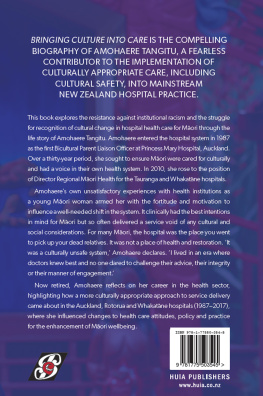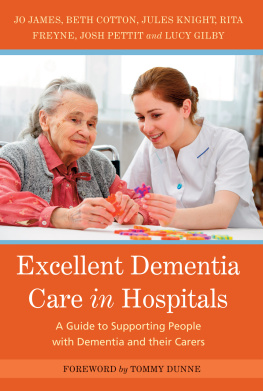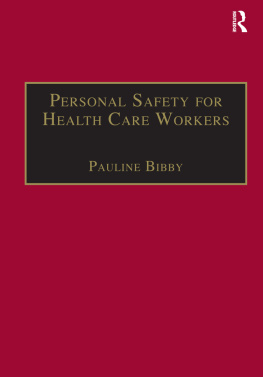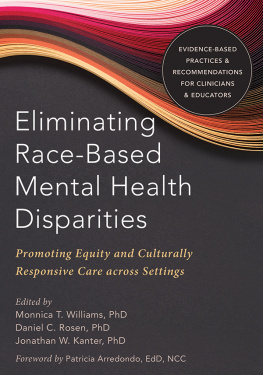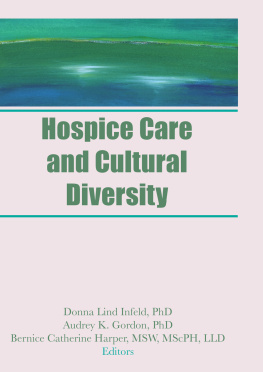


First published in 2019 by Huia Publishers
39 Pipitea Street, PO Box 12280
Wellington, Aotearoa New Zealand
www.huia.co.nz
ISBN 978-1-77550-369-9
Copyright Bradford Haami 2019
Edited by Katherine Finlayson
Graphic design by Iris Kimberley Murray
Cover image Whakatane Beacon
This book is copyright. Apart from fair dealing for the purpose of private study, research, criticism or review, as permitted under the Copyright Act, no part may be reproduced by any process without the prior permission of the publisher.
A catalogue record for this book is available from the National Library of New Zealand.
The logo on the back cover and half-title of the book incorporates the original logo for Te Whnau Atawhai services at Princess Mary Childrens Hospital, now known as Starship Hospital, Auckland. It was designed by Sam Rolleston. At the centre of the logo is a red koru symbol that represents the development and growth of children. This central koru is supported by four other koru symbolising the four holistic dimensions of Mori health: Te Taha Wairua (the spiritual), Te Taha Hinengaro (the mental), Te Taha Whnau (social) and Te Taha Tinana (the physical). The angled line central to the logo is the manawa or the strength of a person. The whole design is sloped to indicate forward momentum and progress.
Ebook conversion 2019 by meBooks
This book is dedicated to the memory of:
Mary Hackett (Mary Futter) who was instrumental in opening the door to biculturalism and cultural safety at Auckland Hospital, which resulted in the initial Mori Bicultural Parent Officer position at Princess Mary Hospital.
She passed away in 2016.
The original elders of the Khui Kaumtua of Te Whnau Atawhai ki Princess Mary Hospital.
Without all of you, none of this work would have been possible.
NAmohaere Tangitu
Htia te rito
O te harakeke
Kei hea te kmako e k
Ki te uia mai koe ki au
He aha te mea nui ki tnei ao
Mku e k atu
He tangata!
He tangata!
He tangata!
If you were to uproot the flax bush
Where would the bellbird sing?
And if you were to ask me
What is the greatest treasure in the world?
I could only reply:
It is people!
It is people!
It is people!
Contents
Bringing Culture into Care is the story of Amohaere Tangitu, a fearless contributor to the implementation of culturally appropriate care for Mori within mainstream New Zealand hospital practice. This book is a personal account of the struggles encountered by Amohaere and many of her peers who sought the advancement of Mori wellbeing in the mainstream public health sector. Her story reveals how a more culturally appropriate approach to service delivery, known as cultural safety, moved from theory to practice inside the Auckland hospital system and later within other health institutions where Amohaere had a measure of influence to bring about change.
This book stands as an important oral biography of one indigenous womans career that influenced the breakdown of cultural and racial barriers in the mainstream health system at a time of great political, social and cultural change in New Zealand society. Amohaere is one among many who sacrificed and struggled to challenge and overcome an outdated colonial system she believes was culturally unsafe in order to see culture recognised as an essential part of wellbeing. Her story is only one thread of a finely woven kkahu (cloak) representing the work of many advocates who, with grit and perseverance, pushed for a system of health care that would create better outcomes for Mori. Now that Amohaere has retired (2018), she is able to reflect on the sometimes arduous but satisfactory journey in the health arena where she has made her mark and played her part.
When Amohaere first entered the health system in 1987 as Bicultural Parent Liaison Officer at Aucklands Princess Mary Hospital, it was amidst a period of Mori agitation in the 19701980s for social justice and Mori self-determination in the political arena. In the health sector, Mori sought to set in place a more bicultural approach to health care.
However, by the 1970s, new health problems began to emerge; mental illness, heart disease and cancer alongside major social and economic upheaval severely impacted Mori health realities.
The concept of what constituted Mori health was significantly revised as Mori sought to transition into health governance and practice that promoted positive acknowledgement of cultural values in the delivery of services. Prior to 1980, Mori were significantly under-represented in the health workforce.
In 1984, the Hui Whakaoranga held at Hoani Waititi Marae in Auckland re-examined Mori health philosophy, discussing in depth the provision and funding of Mori health programmes.
One of the more controversial concepts to be introduced around this period of change was kawa whakaruruhau (cultural safety) a concept that has now been central to nursing and health worker training for almost thirty years. Cultural safety was designed to bring into nursing education and practice the respect for difference and the recognition of ones own learned personal prejudices that could influence the care given to those of different ethnicities and cultures. It included an emphasis on the relationship between nurses, midwives and health service consumers who differ to them by; age or generation; gender; sexual orientation; socioeconomic status; ethnic origin; religious and spiritual belief; and disability. Deep down, cultural safety addressed the painful issue of race relations or racism within New Zealand health institutions.
During this period of cultural reform, the Auckland Hospital management recognised the need for Mori participation in implementing a more culturally appropriate way of care within the hospital. The bicultural parent liaison role was then created for Princess Mary Hospital, a position Amohaere stepped into. Her main responsibility in this role was to connect with Mori families and communities and identify any cultural sensitivities and issues that impeded care for Mori patients. She continually came up against challenges by Pkeh hospital staff who refused to recognise the validity of her position, many questioning the need even for the existence of her role. Some of her own people labelled her kpapa (a collaborator) for working inside a non-Mori institution.
Under the Mori initiative Te Whnau Atawhai (the caring family) with the support of Te Khui Kaumtua, a pan-tribal eldership, Amohaere carried out Treaty of Waitangi and biculturalism training and implemented culturally appropriate care at Princess Mary Hospital, Starship Hospital and Auckland Hospital. This experience provided her with the expertise that would prove essential for influential change in other New Zealand hospitals.
In 1994, Amohaere moved to Rotorua Hospital as an iwi consultant to ascertain the health care needs and aspirations of the local tribes in the region, becoming Manager Mori Health for Lakes District Health Board. She returned home to Whakatne in 1997 to carry out a similar iwi consultation and review for Eastbay Health. Here, in 1998, Amohaere was appointed Pou Taratu Senior Manager of Mori Health. She established Te Whnau o Irkewa: Mori Health Services at Whakatne Hospital and rallied a specialised team of pou kkiri staff (advanced pillars Mori health services workers). While this unit took on the responsibility of delivering cultural safety within the hospital service, Amohaere has always believed this should also be the responsibility of all health carers associated with the hospital. Amohaere soon became the Regional Mori Health Director responsible for the overall running of Mori health services for both Tauranga and Whakatne Hospitals in their delivery of services specifically to the regions Mori clientele.
Next page
